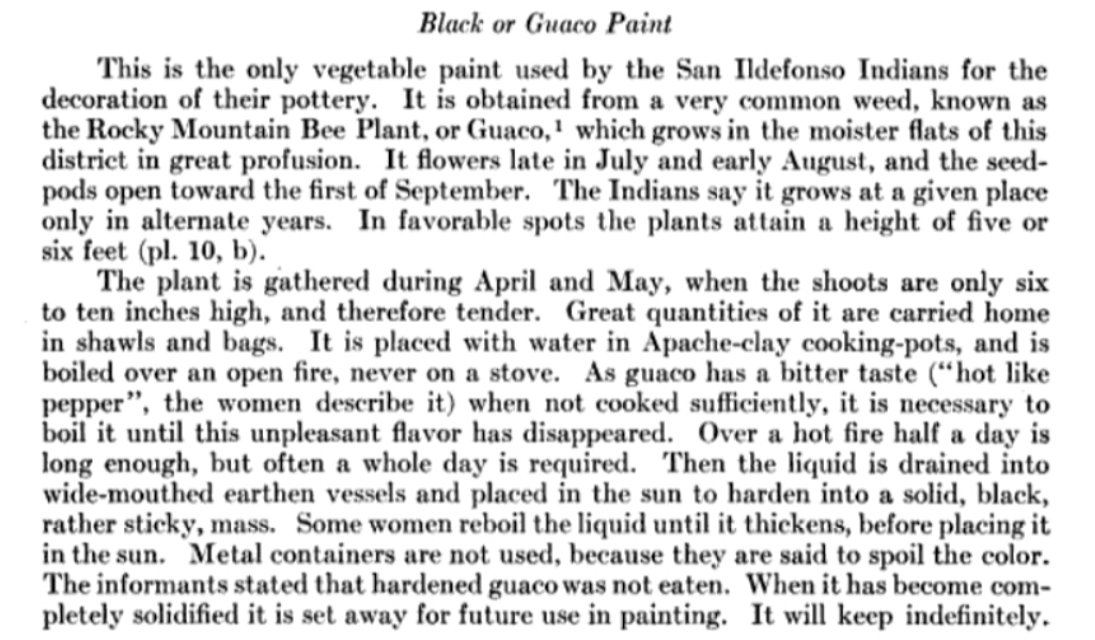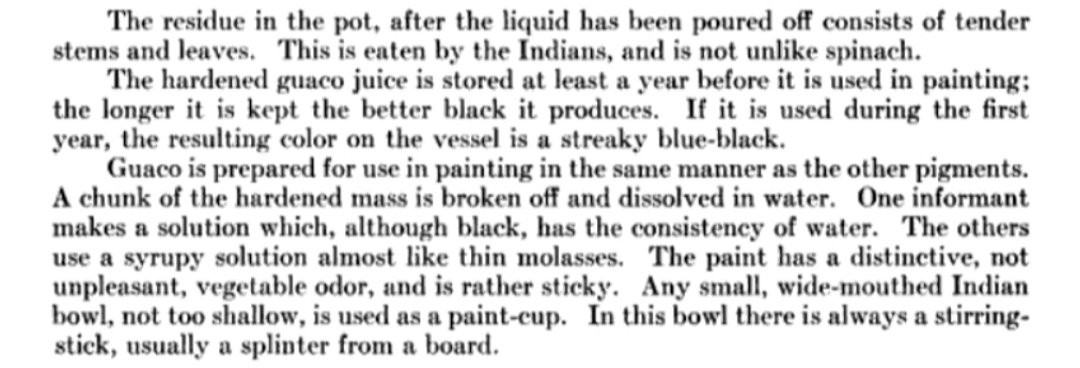Cleome serrulata



Cleome serrulata
CLEOME SERRULATA SEEDS
Cleome serrulata
Guaco. Sometimes listed as Rocky Mountain Beeplant. This North American native was among the most valuable plants in the lives of diverse indigenous peoples. The leaves, buds, flowers, pods and seeds are all nutritious and edible and were regularly consumed and preserved by Western tribes. The boiled plants produce a rich black pot liqueur that was traditionally reduced, dried and aged for use in painting pottery. And as the common name suggests, the nectar-rich flowers are indeed highly attractive to our native bees, as well as moths, butterflies and hummingbirds.
Contemporary researchers are wont to suggest that this species was mere famine fare, but this is based entirely on speculation and personal preference. Per usual, we project our own narrow preferences onto the past, even in the face of ample evidence to the contrary. And overwhelming archaeobotanical and anthropological data suggests that Cleome was an integral part of agriculture and diet for many thousands of years. Indeed, this species does waft a peculiar odor when bruised, but so do most Brassica species, and they obviously contribute significantly to our modern cuisines.
These seeds germinate best with some cold. Sow directly into the garden in autumn or very early spring. Seeds may also be soaked before sowing in warmer months, although germination will be less than ideal. Do not cover seeds as they require light to germinate. Young plants may be collected for greens as soon as they are 1' or so, but do allow some plants to fully mature and self-sow, which all but guarantees that these plants will continue to grace your garden for years to come. Plants in bloom can sometimes grow to 10'! They are a great companion for towering Maximillian Sunflowers, and make an ideal addition to a typical “three sisters" garden. Given the opportunity, plants will colonize sunny open well-drained soils in just a few years, providing food for humans and forage for diverse winged species.
To prepare for eating, leaves are boiled or simmered for several hours, drained, and used like spinach. To preserve, these boiled leaves are pressed, rolled into balls, and dried. Toss these balls into nourishing winter soups and stews. Flower buds and green seed pods may be pickled. The flowers, too, are edible fresh or dried. Mature dried seeds are soaked and cooked for porridge or dried again and crushed for flour. Decoction of these seeds is used medicinally to improve voice, and ritually to “give good blood", whatever that means.
Though technically an annual, these plants self-sow so reliably that they are decidedly appropriate for permaculture. Because the plants are easily identified and removed, they are also recommended for gardens, especially as part of an insectary border.
Packet contains at least 100 seeds.
The excerpt is taken from 'Pueblo Pottery Making' by anthropologist Carl Eugen Guthe, published in 1925.